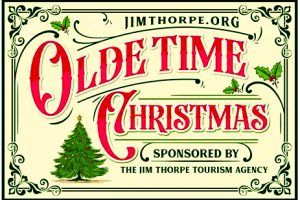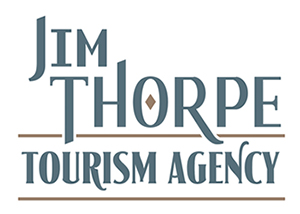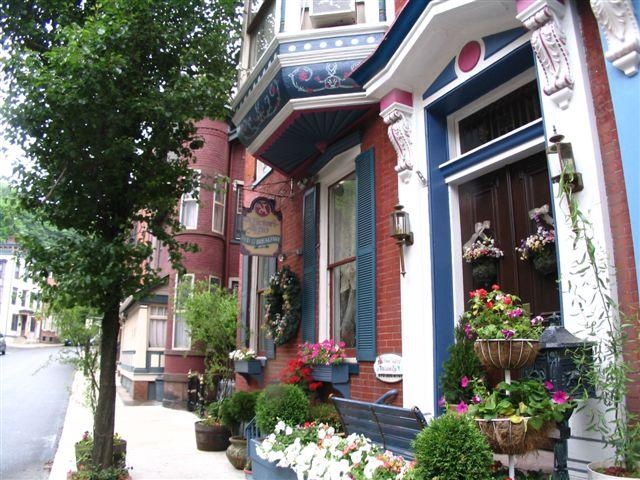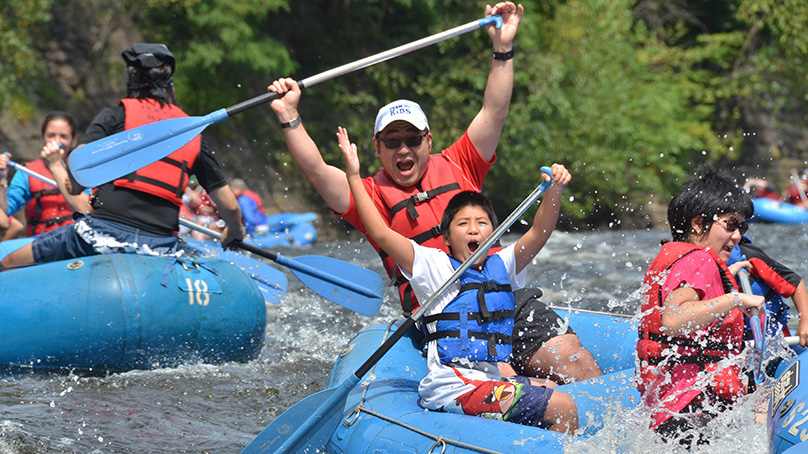By Yvonne Wright • The Current Contributing Writer
Undoubtedly, it would be an understatement to say that art comes in many forms and serves many purposes… And, it is certainly true that some forms of art may inspire us (for example, when looking at a beautifully landscaped garden), bring emotional comfort (such as, when listening to music), or, help us with sprucing up our surroundings (perhaps by decorating our walls with paintings). However, there is one art form in particular that not only indulges our senses, but more than any other communicates our intentions, reveals our social status and reflects our individuality, while at the same time accompanying us in our daily lives…. jewelry.
The desire for self adornment (from body decorations to clothing embellishments) seems to be as old as the proverbial hills and, astonishingly, some surviving forms of it have been historically documented and traced back to Neanderthals living about 115,000 years ago in Europe. In 2010, in the Caves of Los Aviones in southeastern Spain several perforated and painted beads, made of seashells, stones and bones, were found – surviving from prehistoric times they contained residues of complex pigmentation mixtures. Today, we can only speculate regarding their usefulness, but the most likely interpretation is that they were pendants worn as a protection from danger. Retrieved from Blombos Cave, near the Southern Cape shoreline in South Africa, is the oldest known jewelry necklace in existence – made of snail shells strung together as beads, and radiocarbon dated at 75,000 years old.
In European Bronze Age barrows and burials (2000 – 1200 BCE) evidence found points to our early ancestors’ fondness for decorative arts, where examples of necklaces, brooches and rings (placed there as valuable adornments for the afterlife) accompany men, women and children of this early period. Eventually, as society progressed and people started to exchange goods, body and clothing embellishments began to reflected their wearers changing tastes, social rank, accumulation of wealth, and/or religious and ethnic heritage – all of which, in turn, affected the production of jewelry on a professional scale, placing jewelry producing craftsmen in high esteem.
By the time the ancient Romans conquered a big chunk of Europe, Asia Minor, the Middle East and the northern coast of Africa, their wealth and technological sophistication had enabled a large sector of their population to afford luxury goods, which, for ancient Roman women meant jewelry, and plenty of it. It must have gotten somewhat out of hand, as at some point during their long lasting imperium, Romans introduced so called sumptuary laws “designed to limit excessive personal expenditures in the interest of preventing extravagance and luxury” which restricted wearable goods and their forms for personal embellishment (e.g., one’s ability to wear particular types of rings was considered a social demarkation of a citizen’s rank).
Over the centuries, whether worn on the body, attached to clothes or pinned to armour, specific types of jewelry were produced according to their functions, and most importantly, to please their wearers. We can only marvel today at the skills and technological know-how involved in producing some of history’s most elaborate brooches, earrings, pendants, rings, necklaces, bracelets, crowns and tiaras. High-polished or satin/matte, brushed or hammered, the practice of investing large amounts of wealth into jewelry inadvertently helped to foster (with the help of the industrial revolution and a bourgeoning middle class) a new type of industry, and the founding of three of the great jewelry houses of today: Tiffany & Co. in 1837 (the United States), Cartier SA in 1847 (France), and Bulgari in 1884 (Italy), producing spectacularly high quality jewelry made of gold, platinum, silver and copper, often studded with precious and semi-precious stones that could be traded as currency.
In our modern times, jewelry is perceived as a symbol of beauty and individuality made to adorn almost every part of the human body, with relatively lower amounts worn by adult males than females. There is also a growing number of professional metalsmiths, whose small in scale workshops produce one of a kind, hand-made artisan jewelry that focuses primarily on designers’ originality and their artistic credo.
One of these up and coming young, talented jewelry designers is Sarah Binder, a Palmerton raised metalsmith artist, whose family ties to the Carbon County area run for generations. Appearing rather soft spoken and unassuming, Sarah is a force to be reckon with when it comes to her passion for the art of jewelry-making and metalsmithing. Always encouraged by her family to follow her own path, the artist grew up surrounded by art and a love of nature. “My mother always had an artistic eye” explains Sarah “and pursued architectural studies along with her personal art hobbies that included a variety of mediums.” But when it came to jewelry making, no one in the artist’s family had the necessary skills in metalsmithing, or a professional interest in it, to influence Sarah’s future career path. “When I was deciding on what to study in college, I was actually leaning towards fashion and accessory design” said Sarah laughing “because I loved shoes and purses, [but] I made a last minute change to business, art and [marketing].”
Well, Sarah turned out to be quite good at a lot of things. During her four years of study at Cedar Crest College in Allentown (which boasts a well appointed and growing foundry, capable of handling a variety of metals including bronze, copper, iron, gold, silver and platinum) Sarah worked as a studio assistant in the Jewelry Studio. One of her professors was the well respected master metalsmith and award winning bronze sculptor, Nelson R. Maniscalco, with whom Sarah spent a lot of extra time learning the technical intricacy of lost-wax casting processes, sawing, soldering techniques, and ways of incorporating small sculpture techniques into jewelry. She also studied under Delaware City based blacksmith Kerry Rhoades of Forged Creation, acquiring additional skills in blacksmithing, brazing and welding. Sarah Binder graduated from Cedar Crest College in 2011 with Bachelor of Art and Bachelor of Science degrees, and then pursued her education further at Ashford University, where she earned a Master of Business Administration degree in entrepreneurship.
What motivated you to become a jewelry artist? I asked Sarah casually, and the answer was simple, it was always there, the fascination and the desire to make jewelry. She just needed that extra push, an inspiration to bring it to the surface, and one day it did. “I was initially inspired by Native American jewelry on a family vacation to New Mexico,” explains Sarah candidly “when I was in Junior High. My dad was stationed there for three months on a humanitarian mission, building homes for Native Americans, and we went to visit there for three weeks. I came home with beading supplies and jewelry tools in our suitcases from the supply warehouses in that area.” The rest is history, with Sarah’s skills and creative abilities getting eventually more professionally trained and technically refined, the artist has become a jewelry-making expert and a highly accomplished designer.
“I love working with copper, because it’s so easy to manipulate into the form I want it to take” she explains, “it’s also inexpensive, which means, it’s ok if I screw up…. and, I can sell my pieces at an affordable rate.” But, for more elaborate jewelry commissions, where the casting or setting involves an expensive stone, the artist prefers to work with sterling silver, using a fabrication process that may take up to 5 hours of careful work. She typically avoids gold, platinum and other precious metals because of the costs.
“I am fascinated by nature, and how it survives and overpowers our advanced society. Outdoors is where I find peace, and where I can take a deep breath of fresh air and enjoy seeing the beauty in all of the little things, the simple forms of nature, and its imperfections” she amplifies, “but just because it’s not perfect doesn’t mean it isn’t quality. True to her words, and disliking geometrical symmetry, Sarah’s designs evade the restrictions of contrived perfection. Instead, her nature-inspired jewelry, with tapering tendrils, twisting vines, and flowing leaves, bursts with color and texture, all intuitively interacting. Arguing that “nature is never the same,” Sarah strives to create unique and individually variated works that follow prevalent themes of her choosing without perfectly replicating an existing pattern – hence, succeeding in imbuing her works with a feeling of uniqueness and timelessness. “Think Impressionism vs Realism” suggests the artist “my jewelry, leans towards Impressionism.”
At times, the artist departs from nature and uses carefully selected man-made objects, which she incorporates into her designs to reflect “the industrial world that surrounds us”. To Sarah, her “art jewelry,” as she terms it, captures the world as she sees it – modern and full of surprises. And yet, as if being a full-time metalsmith designer wasn’t enough, Sarah finds the time to paint (watercolours, oils and acrylics), pursue photography, and try her hand at glass blowing, folk art, pottery and sewing. She also enjoys hiking with her dog and biking. Sarah prides herself on being capable of doing some fixer upper jobs (on her house), and even makes her own furniture from repurposed objects (being fond of browsing antique shops and flea markets to find interesting items she can later turn into jewelry or home decor – Sarah Binder is truly a Renaissance woman!
In 2014, Sarah joined the Carbon County Art League, becoming its Secretary in 2015, and then President in 2017 – because, as she puts it “Art has always inspired me and I like to give back to the community, as well as to learn new skills from other artists.” Sarah also collects works of art and jewelry from other artists.
Anyone interested in Sarah’s hand-made jewelry can visit the artist’s website: SincerelySarahJewelry.com, send her an email: sarah@sincerelysarahjewelry.com, or follow her on Facebook @sincerelysarahjewelry and Instagram @sincerely_sarahb.
Yvonne Wright is the owner of STUDIO YNW at 100 West Broadway in Jim Thorpe.
She can be reached at studio.ynw@gmail.com



























Add Comment